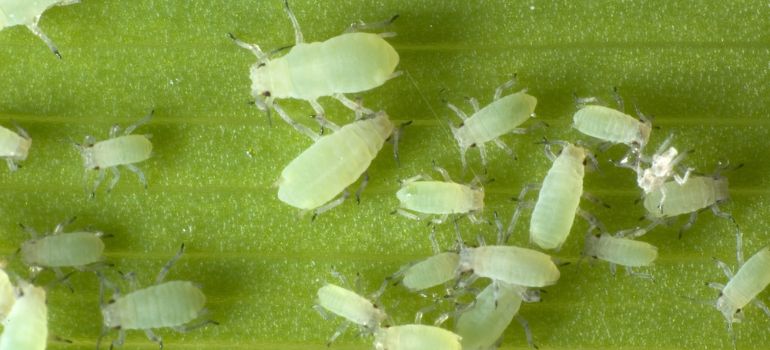Introduction
Tiny bugs on flowers may seem harmless at first glance, but for avid gardeners and plant enthusiasts, they can pose a significant threat. In this article, we’ll explore the various types of tiny bugs that can infest your flowers, how to identify them, their effects on plants, and most importantly, effective ways to manage and prevent infestations.
Types of Tiny Bugs on Flowers
Aphids
Aphids are notorious for their ability to quickly reproduce and suck the sap from plants, causing wilting and distortion.
Thrips
Thrips are minuscule insects that can damage flowers by puncturing and feeding on plant cells, leading to discoloration.
Spider Mites
These tiny arachnids can create fine webs on flowers and leave stippling marks on leaves, affecting the overall health of the plant.
Whiteflies
Whiteflies, resembling tiny moths, can cause wilting and the development of sticky honeydew on flowers.
Identifying Tiny Bugs on Flowers
Recognizing the presence of tiny bugs on your flowers is crucial for early intervention. Regular visual inspections, looking for signs such as wilting or discoloration, and using magnifying tools for a detailed examination are essential.

Effects of Tiny Bugs on Flowers
The impact of tiny bugs on flowers goes beyond aesthetics. They can compromise the health of your plants, lead to the spread of diseases, and significantly reduce the overall beauty of your garden.
Preventive Measures
Maintaining proper plant care practices, encouraging natural predators like ladybugs and lacewings, and using organic pesticides are effective preventive measures against tiny bugs.
Treatment Options
In cases of infestation, various treatment options are available. From DIY remedies like insecticidal soaps to commercial insecticides and integrated pest management, choosing the right approach is crucial.
The Role of Beneficial Insects
Introducing beneficial insects such as ladybugs and parasitic wasps can act as a natural and sustainable solution to control tiny bug populations in your garden.
Common Mistakes in Dealing with Tiny Bugs
Avoiding common mistakes like overusing chemical pesticides, ignoring early signs of infestation, and neglecting regular plant inspection is key to successful pest management.
Seasonal Considerations
Understanding the vulnerability of flowers to specific bugs during certain seasons helps in adjusting preventive measures accordingly.
Natural Predators vs. Chemical Solutions
Weighing the pros and cons of natural predators and chemical solutions enables gardeners to find a balanced and environmentally friendly strategy.
DIY Solutions for Tiny Bug Removal
Homemade insecticidal soaps, neem oil sprays, and garlic and chili pepper mixes are effective DIY solutions for removing tiny bugs from flowers.
Ensuring Plant Health
Besides pest management, ensuring plant health through proper watering, fertilization, pruning, and soil care is vital for a thriving garden.
Tips for Flower Enthusiasts
Regularly monitor your plants for pests, collaborate with local nurseries for advice, and educate others in your community to create a collective effort in pest prevention.
Conclusion
In conclusion, managing tiny bugs on flowers requires a combination of vigilance, knowledge, and strategic interventions. By understanding the types of bugs, adopting preventive measures, and making informed choices in treatment options, you can ensure the health and beauty of your flower garden.
FAQs
What are the most common signs of a bug infestation on flowers?
- Look for wilting, discoloration, and distorted growth.
Are chemical pesticides safe for my garden?
- While effective, they should be used judiciously to avoid harming beneficial insects and the environment.
How often should I inspect my plants for pests?
- Regularly, ideally once a week, to catch any infestations early.
Can tiny bugs on flowers harm other plants nearby?
- Yes, some bugs can spread to neighboring plants, so prompt action is essential.
What should I do if I find an infestation in my garden?
- Follow the recommended treatment options based on the severity of the infestation.
